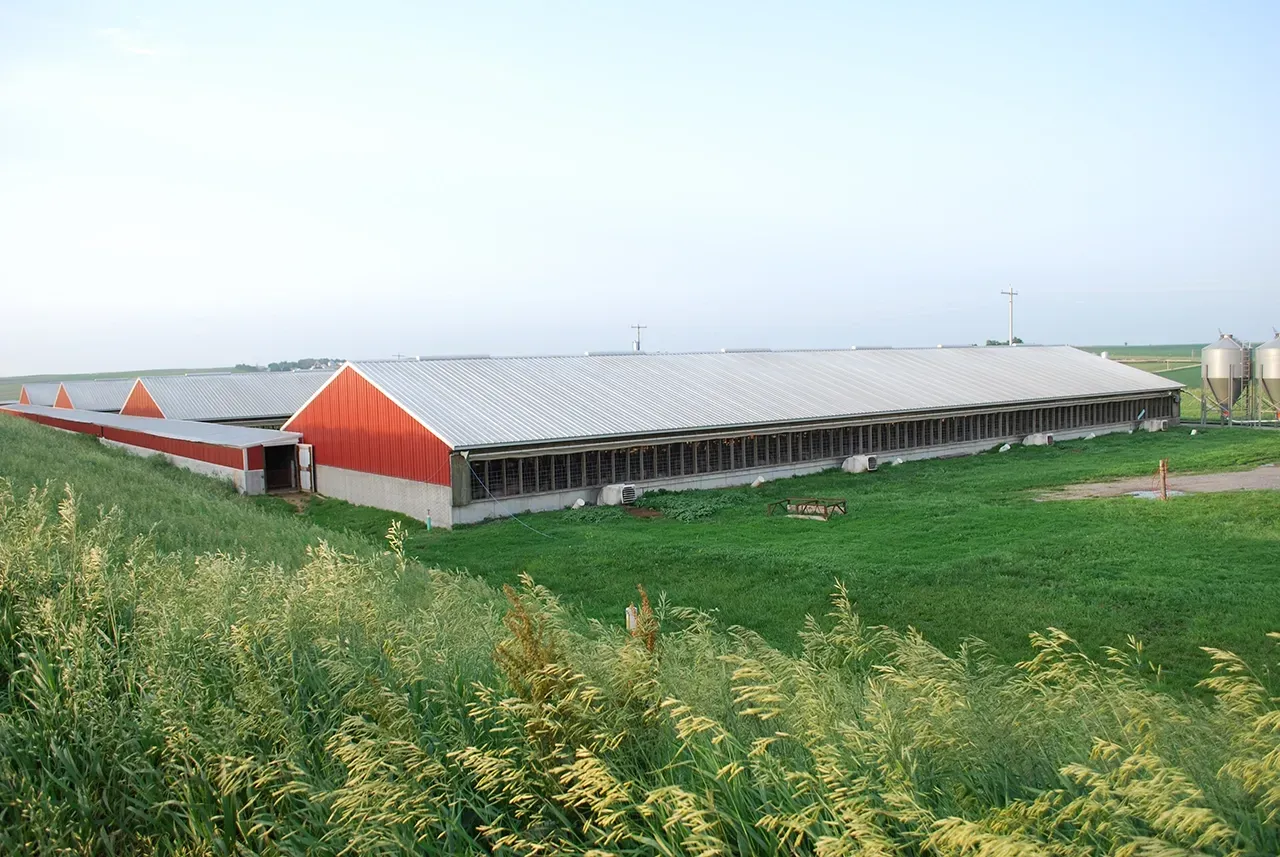Why Enroll?
U.S. SHIP is a cooperative State-Federal-industry program designed to improve the health and marketability of U.S. swine and swine products by creating a national platform for standards related to biosecurity, traceability, and sampling and testing.
How To Enroll
Each State participating in the pilot program has a dedicated U.S. SHIP Official State Agency (OSA). These offices are responsible for enrolling, certifying, and maintaining the status of U.S. SHIP farms and facilities within their State.
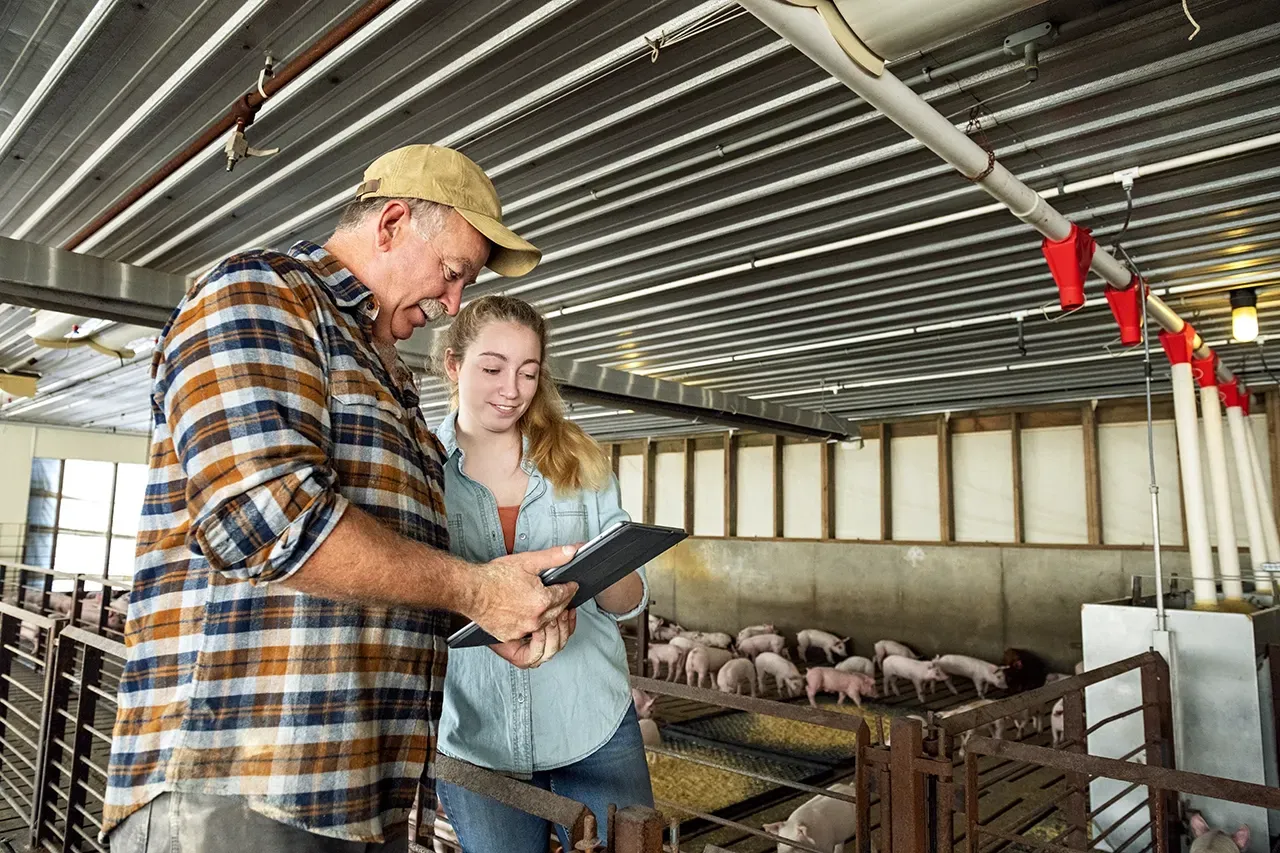
Contact the U.S. SHIP OSA in the same State as your farm or facility.
Find Your U.S. SHIP OSA (98.14 KB)
Some States are not yet participating in U.S. SHIP. If your State is not listed and you have questions about the national program or are interested in joining, contact the U.S. SHIP program administrators.
If you’re enrolling one farm or facility, complete the Single Premises U.S. SHIP Enrollment Template (343.27 KB).
If you’re enrolling two or more farms or facilities, complete the Multi-Premises U.S. SHIP Enrollment Template (PDF (343.77 KB) Excel (12.6 KB)).
Eligible Farms and Facilities
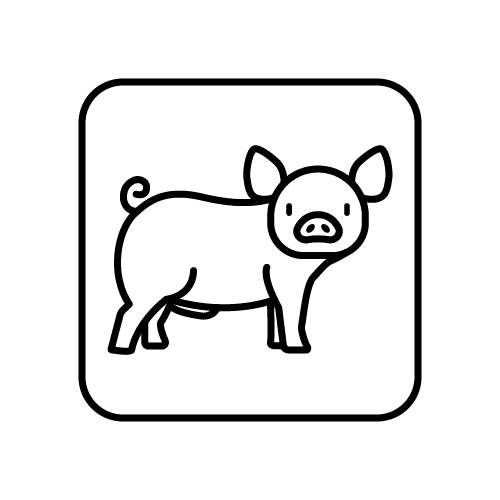
| Boar Stud |

| Breeding Swine Herd |

| Farrow-to-Feeder or Farrow-to-Finish Herd |
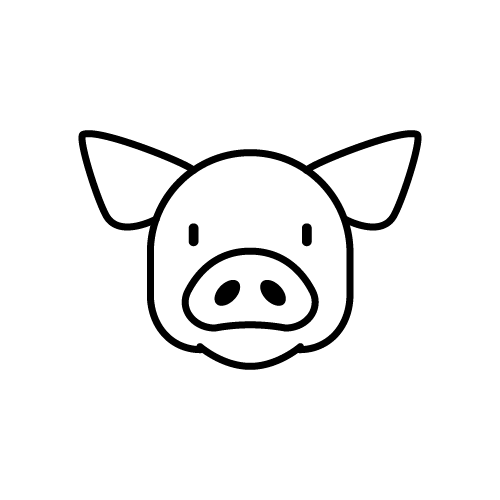
| Growing Swine Herd |

| Small Holding Facility |

| Noncommercial Swine Herd |

| Slaughter Facility |

| Live Animal Marketing Operations |
Meet the requirements described in the pilot Program Standards.
Abbreviated Pilot Program Standards
Passed at the U.S. SHIP House of Delegates in September 2024
- Farm site or slaughter facility is enrolled with the U.S. SHIP OSA in the State where it is located.
- A valid veterinary client patient relationship is maintained (for eligible site types).
- Farm or facility information is updated with U.S. SHIP OSA when needed.
- Electronic records are maintained for all swine movement (in and out of site or facility).
- Boar stud sites only: Records are also maintained for all semen movement.
- 30 days of swine (and semen, if present) movement records (in a common electronic format) are provided to the U.S. SHIP OSA in a timely manner.
- Site or facility complies with existing State and Federal animal, group, and lot identification requirements.
- During an African swine fever (ASF) or classical swine fever (CSF) outbreak in the United States only: The site or facility stops feeding their swine spray-dried plasma, blood meal, meat and bone meal, intestinal peptide products, or other meal-based feedstuffs until the requirements described in the Program Standards have been met.
- The site or facility prohibits the feeding of swill, garbage, or table waste.
- Visitors must follow a 5-day downtime and use personal protective equipment if exposed to livestock, wild pigs, or slaughter facilities in ASF-, CSF-, or foot-and-mouth disease-affected countries or regions.
- Boar stud, breeding herd, farrow-to-feeder, farrow-to-finish, and growing pig sites only: Must provide access to a completed Secure Pork Supply Biosecurity Plan at OSA request.
- Maintain compliance with ASF-CSF sampling and testing requirements. Testing requirements are determined by site type and risk level.
How To Get Certified
Farms and facilities can be certified ASF-CSF Monitored by meeting and adhering to all program requirements.
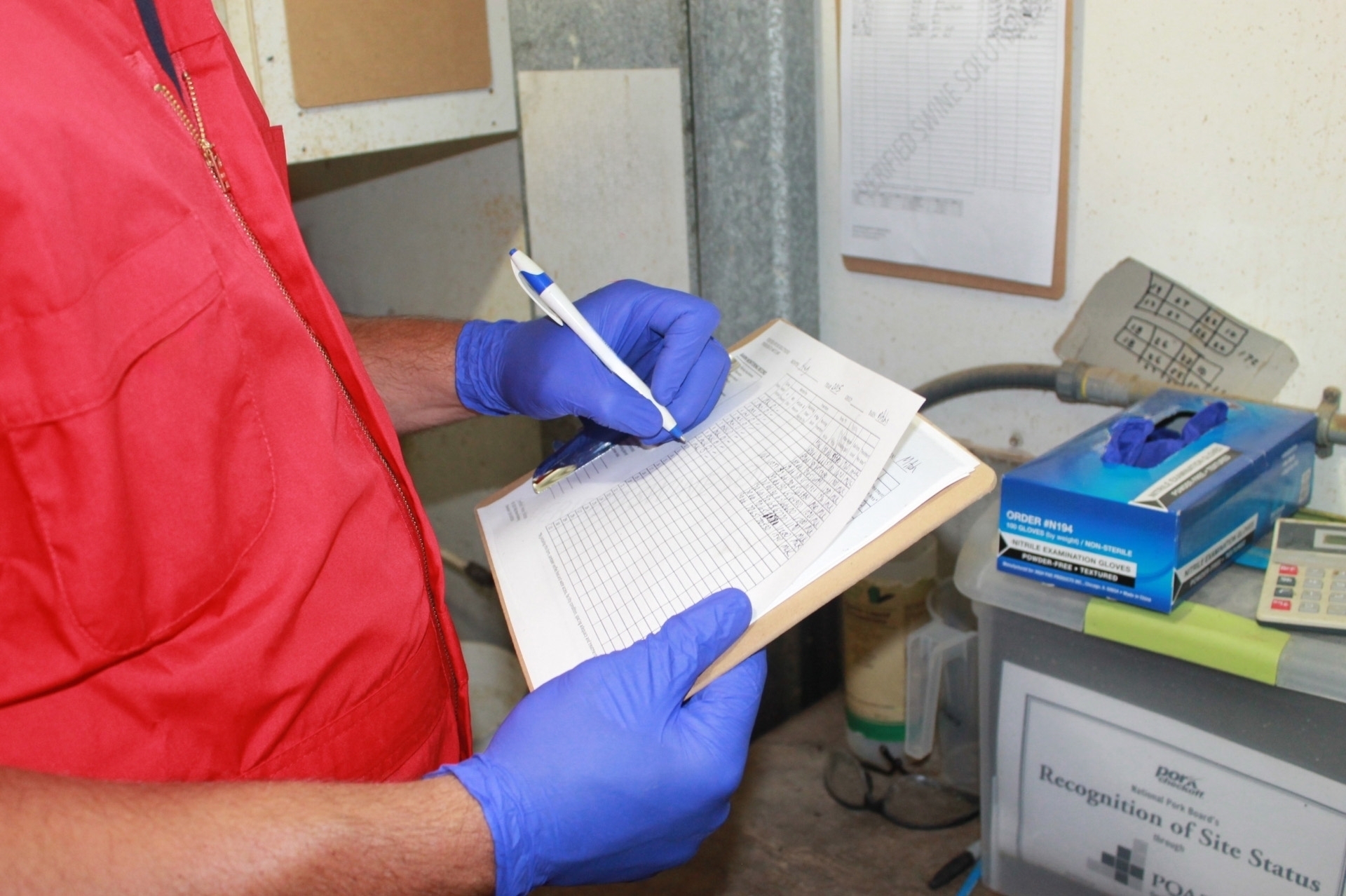
After enrolling, a representative from the U.S. SHIP OSA in your State will contact you to start the certification process.
Collect at least 30 days of swine movement information. Share the documentation with your assigned U.S. SHIP OSA in a timely manner.
Swine movement information must be provided in a common electronic format (for example, CSV file).
Download U.S. SHIP Swine Movement Templates:
For commercial-scale pork producer participants only:
Provide access to a completed Secure Pork Supply Biosecurity Plan at the request of the U.S. SHIP OSA.
Commercial-Scale Pork Producers

| Boar Stud |

| Breeding Swine Herd |

| Farrow-to-Feeder or Farrow-to-Finish Herd |

| Growing Swine Herd |
How To Maintain Certification
U.S. SHIP looks to mirror the success of the National Poultry Improvement Plan (NPIP), which was established in 1935. Right now, more than 99 percent of U.S. poultry operations participate in NPIP.
It’s time to pursue similar success for the U.S. swine industry.
Once certified with U.S. SHIP, your next step is to continue meeting or exceeding the national requirements for certification. These standards are updated annually by swine producers like you.
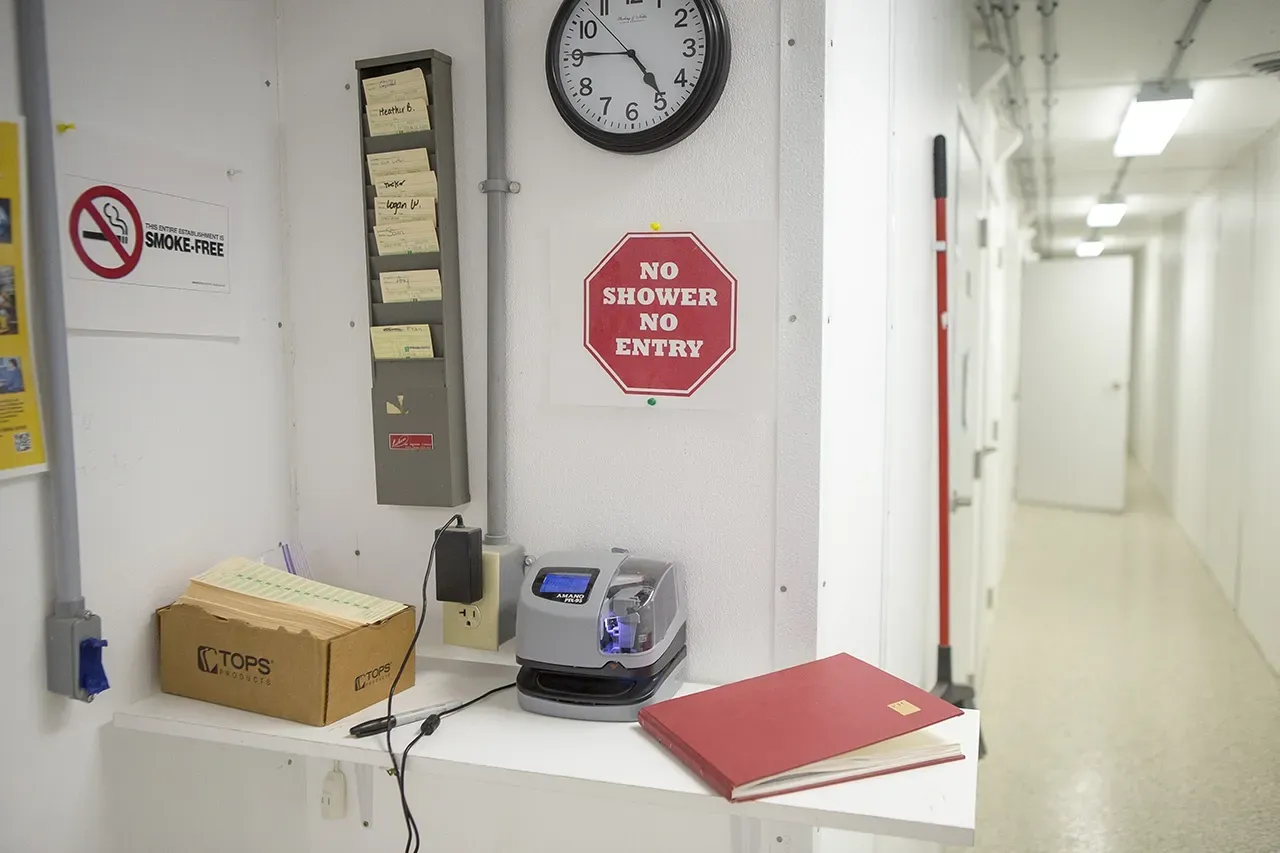
Have a question?
Contact your U.S. SHIP Official State Agency (OSA) for help with enrollment, certification, and other local program needs.
For questions about the national program or help connecting with your OSA, contact the U.S. SHIP program administrators.


